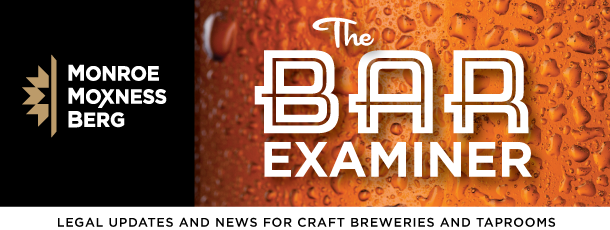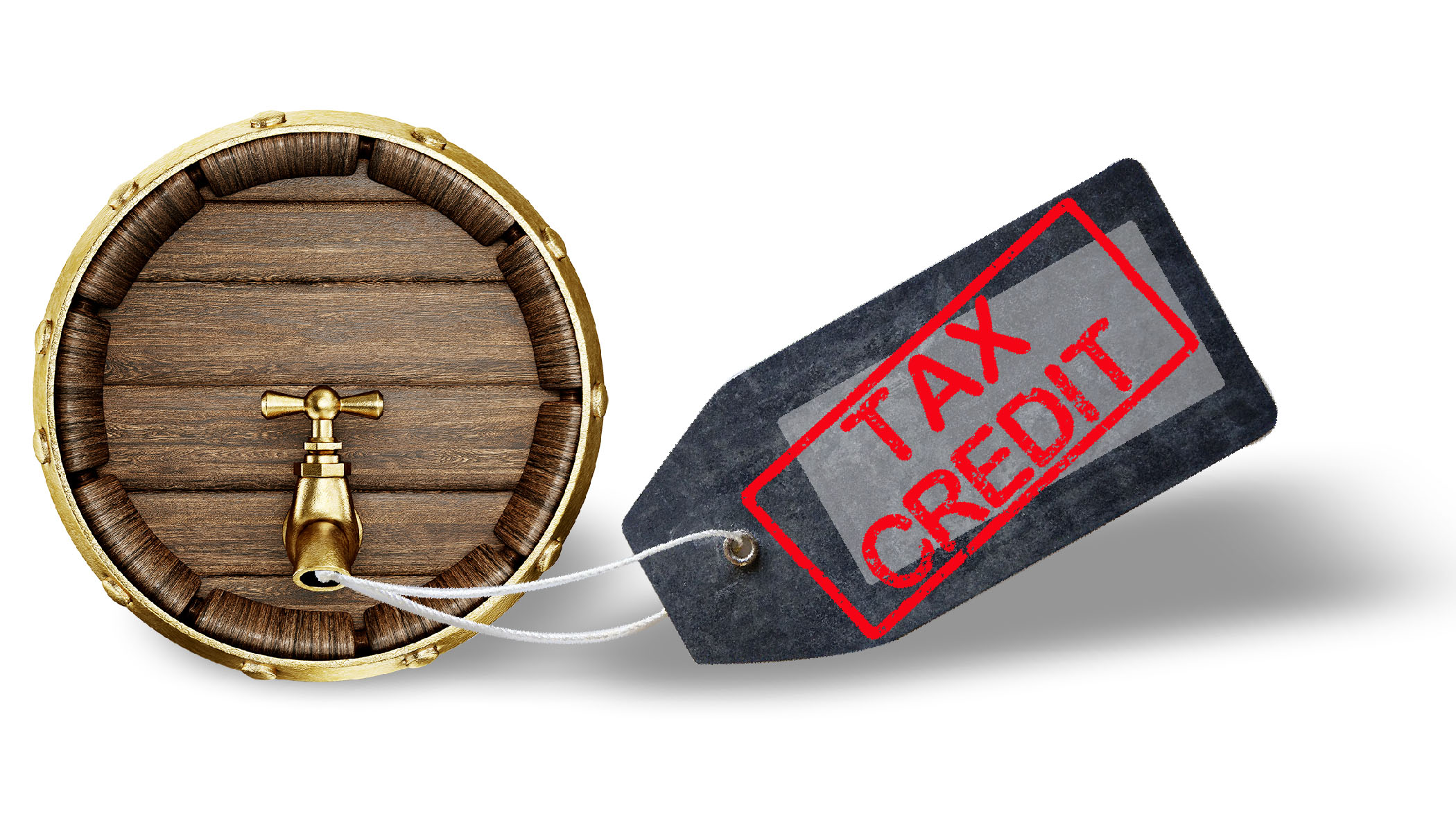DOWNLOAD THE FULL SUMMER 2015 ISSUE OF BAR EXAMINER
Our guest contributor Jon Fedder, CPA, is a tax associate in the Edina, MN office of BDO USA, LLP a leading provider of tax, audit, and consulting services
There are many opportunities for breweries to reduce their tax liability. Below, I’ve summarized my five biggest tax tips.
- Domestic Production Activities Deduction (DPAD). DPAD is a tax deduction, primarily aimed at U.S. manufacturers, that is available to breweries due to the nature of the business. For the purposes of DPAD, brewing is a qualified production activity, because raw materials (water, grain, hops, etc.) are transformed by a manufacturing process into finished goods. The deduction can amount to as much as 9% of net Qualified Production Activities Income (QPAI) and is subject to certain limitations. Not all activities in the brewery qualify. For example, merchandise sales do not qualify, because the brewery is simply reselling purchased products. A well-thought-out accounting system that tracks revenue and expenses of the various business activities can maximize the deduction, provide stronger support for the DPAD in the event of an IRS exam, and provide for more detailed managerial reports throughout the year. There is no carryforward to subsequent years of unused DPAD.
- Research and Development Credit. Testing new beers, experimenting with recipes and improving the brewing process are examples of qualifying activities for breweries. Once the qualifying activities are identified, the next step is to quantify the R&D costs. The R&D credit has strict documentation requirements. It is best to develop a system that both documents why the activity or project should qualify for the R&D credit and tracks the allocation of expenses. That documentation will be used to compute the credit when preparing the tax return and provide necessary support in the event of an IRS exam. Without the proper documentation the credit could be disallowed by the IRS. This credit can be significant for startups because of the experimental and developmental nature of the first years in business. Unlike DPAD, the R&D credit can be carried forward twenty years if not fully used in the year it was generated.
- FICA Tip Credit. The FICA tip credit allows the business to get back the amount of FICA payroll taxes paid on tips in excess of minimum wage (Minimum wage is frozen at $5.15.hr for this calculation even though the actual minimum has increased). The employer’s portion of FICA payroll taxes is 7.65% (consisting of 6.2% Social Security and 1.45% Medicare). In Minnesota, the minimum wage for servers and bartenders is $7.25/hr. as of August 1, 2015, so all tips qualify for the credit. Unlike DPAD and R&D credit, this credit is relatively simple to calculate, yet it is often overlooked. A year-end payroll report can provide all the necessary information. Many of the payroll service providers have a tip credit report prebuilt for this purpose. If the credit is generated in a year with no tax, it can be carried forward up to twenty years.
- Cost Segregation Studies. When commercial real estate is purchased, the purchase price needs to be allocated between the building and the land to determine proper depreciation schedules. Land is non-depreciable, and the cost allocated to the building is deducted as depreciation expense evenly over 39 years for tax purposes. Cost segregation studies provide an in-depth allocation of costs to all the components of the real estate. Many of those components, such as certain electrical, HVAC and plumbing components, land improvements and finish carpentry, can be depreciated over much shorter periods of 7 or 15 years. This can significantly reduce taxes in the early years, when cash flow management is most crucial.
- Find Your CPA Early On. The old dictum, attributed to Benjamin Franklin, that an ounce of prevention is worth a pound of cure, is definitely true when it comes to taxes and tax planning. It is important to find your CPA early on in the startup process and begin planning. Some tax positions require information that might not be captured in a standard accounting system. Your CPA can help develop and implement an accounting system that records all necessary information. Tax professionals should work to minimize taxes while maintaining full compliance for clients. Forward-looking tax planning is the best way to minimize taxes, avoid surprises, and take advantage of all opportunities.
Contact Jon Fedder at jfedder@bdo.com or 952-656-2628 with any questions or to discuss these issues more in depth.

